Meet the woman who makes a living taste-testing chocolate for a $33 billion candy company
Schroeder's path to becoming a taste tester was anything but traditional.

Despite not having any prior experience with taste-testing, she decided to go for the job.
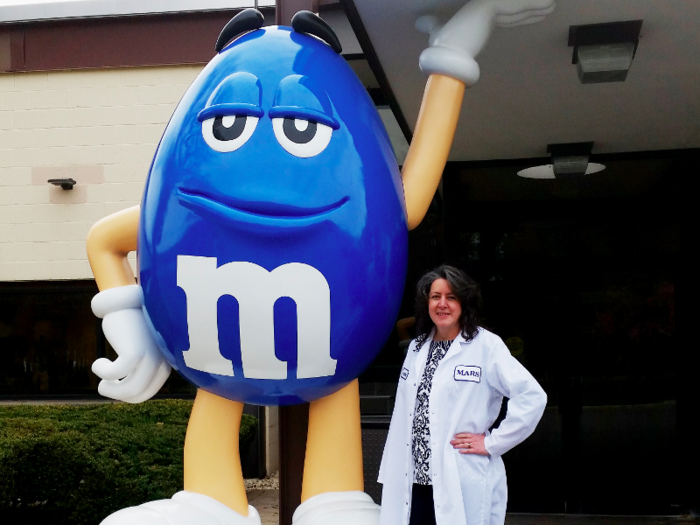
"I couldn't pass up the opportunity to taste chocolate for a living," Schroeder says.
The first step of the hiring process is to fill out a screener, which asks questions to find out how you describe food and your experience with tasting food.
"Taste testers are hired based upon their ability to identify and describe flavor, basic tastes, and textures — not their educational background," she explains.
Next, there's an in-person screener and interview, where they test you on basic tastes and further test your ability to use descriptive language.
"Once you're selected as a taste tester, you go through a six-month intensive training program to learn how to become a Mars taste tester."
Schroeder says her four years of experience as a descriptive panelist — also known as a taste tester — was "one of the best educations I could have received in preparation for joining the sensory team here at Mars."
After four years taste-testing chocolate, she was promoted to a sensory technician role.
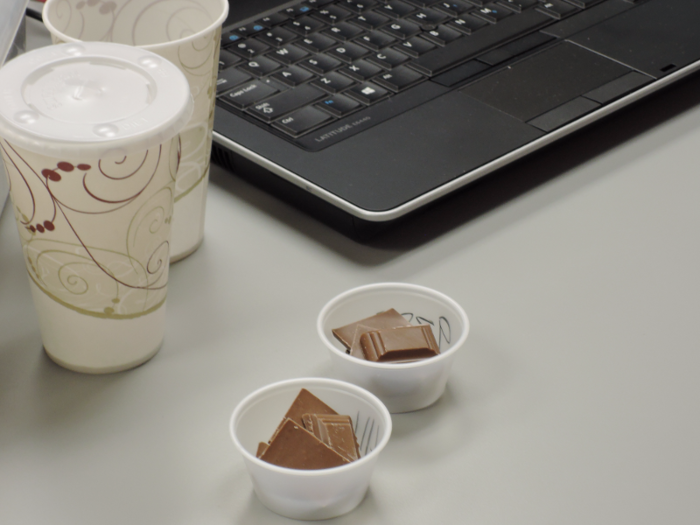
After spending four years as a chocolate taste tester, Schroeder was offered a sensory technician role for the company's Hackettstown, New Jersey plant, where Mars makes half of the country's M&M's.
"In my current role, I am responsible for training and leading the descriptive analysis panel, which is our panel of trained taste testers who gather data to help maintain the quality of our products. This program makes sure that our most loved brands — such as M&M's — taste the same as they did 75 years ago and that our new products taste like our consumers would expect. Consistent quality is an important principle for Mars," she explains.
Schroeder says there are only four descriptive panels like this around the world.
"Mars Chocolate has given me the opportunity to travel nationally and globally to share best practices, helping to ensure that wherever around the world you taste a Mars Chocolate product, the quality and experience are just the same."
In addition to running and training tasting panels, she also recruits Mars' taste testers, and collaborates regularly with sensory scientists.
"I don't think my job is a dream job. I know it is."
A typical day involves running tasting panels and working closely with food scientists.
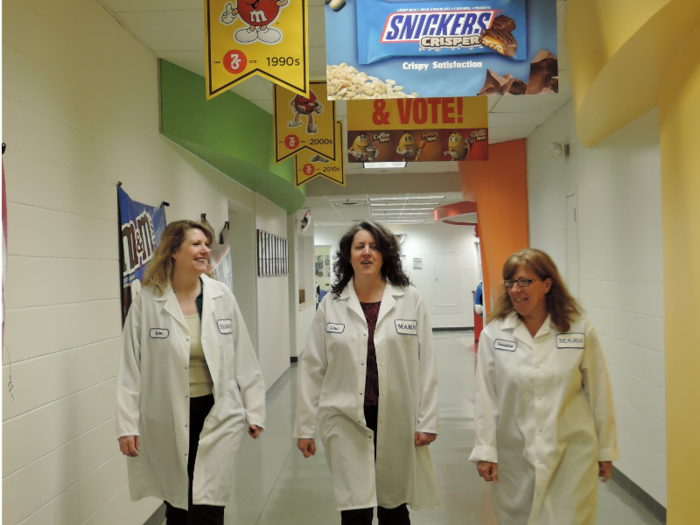
Schroeder says Mars holds panels every morning and three afternoons each week. "I run all of our morning panels," she says.
"Our panel evaluates about 60 to 90 samples each week, so samples are always arriving into our lab. In the morning, I sort through the samples, which come in from all over the world."
After that, she typically meets with the sensory scientists to discuss their projects and create the computer programs for the evaluations to test the samples that coordinate to each project.
"Our sensory scientists work closely with the product development scientists from our Research and Development (R&D) team, and our sensory panel and taste testers are a part of that R&D process," she explains.
"From there, I run our morning session and review the data that the group generated. This information is then shared back with the sensory scientists."
Schroeder says the coolest part of her job is working with such iconic and beloved brands.
"The best part of my job is the people I work with," Schroeder says. "Everyone here, from the scientists to the taste testers, are dedicated and passionate about the work they do. Each associate here would say that we have fun every day."
Another aspect of the job she enjoys: acquiring and sharing knowledge.
"I've had the opportunity to share my expertise across the Mars business," she says. "Last year, I was able to go to China to spend time with the sensory team there to help them implement a descriptive analysis program. Experiences like that are priceless."
But the coolest part of her job, she says, is being a part of such iconic and beloved brands, like M&M's, Snickers, and Twix.
"Chocolate is a treat, and knowing that what we do here brings joy to people is one of the best parts of my job."
The hardest part of her job is also the most interesting aspect of it.
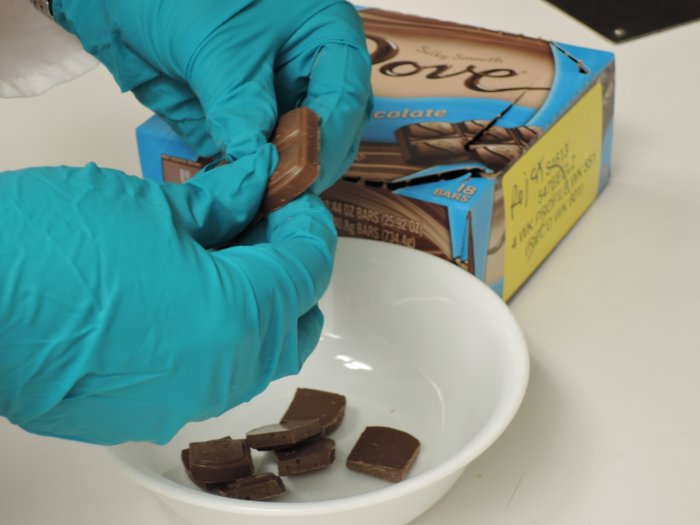
Like any career, Schroeder's line of work presents some challenges.
"The hardest part of my job is identifying off-notes," she says; these are the products that don't meet their standards. "Being a trained taste tester means that you have to be able to identify a variety of flavors, including off-notes. Tasting these off-notes is the most challenging, but also one of the most interesting part of my job."
'People are often surprised to learn my job is actually a real job!' she says.
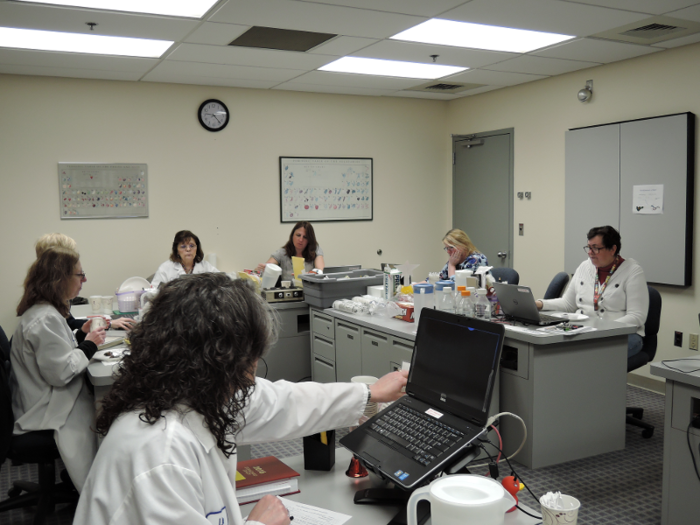
"I was recently on a business trip and a cab driver asked me about my job at Mars, joking around that it must be my job to taste the candy," she says. "When I told him that it actually is my job to taste the chocolate, I don't think he believed me."
There are three questions people almost always ask when they find out what she does for a living.

The first question she usually gets is, "Where do I sign up?" The next one is, "How do you get a job like that?"
"My response varies depending on who asks the question," says Schroeder. "For example, if it's someone who is still in school, I talk to them about the opportunities that come with working in food science. That way, not only are you involved in tasting the product, but you're also involved in creating and innovating new products."
She says she didn't even know what food science was before she began working at Mars, "but it's such an interesting and important field."
The third question people often ask is, "Is your workplace like the chocolcate factory from 'Willy Wonka?'"
Schroeder says her team works in the same facility as the factory that produces M&M's, so the air smells like chocolate and she and her coworkers often go home smelling like chocolate. "So in that sense, I guess you can compare it to a Willy Wonka experience!"
Schroeder says most people don't truly understand her job.
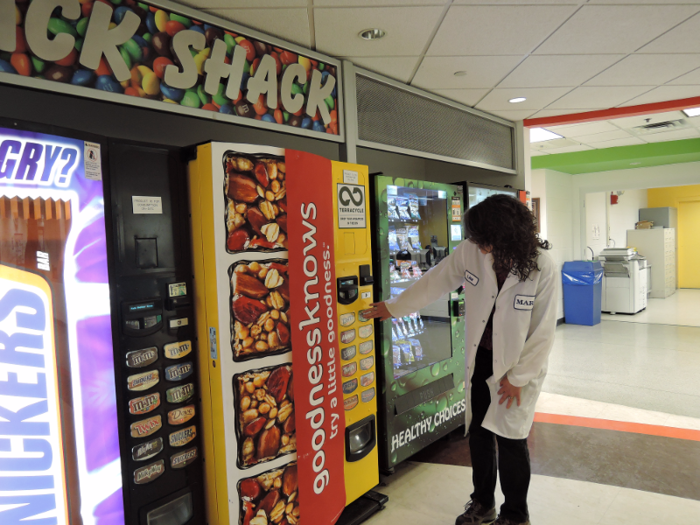
"The biggest misconception about my job is the reason we taste in the first place," she says. "Most people don't realize how scientific my job is. People assume it's as simple as a thumbs up or down, but it's a much more complicated process. Our taste testers are highly trained professionals, used to ensure quality products."
Taste testers don't actually eat the chocolate; they evaluate it.
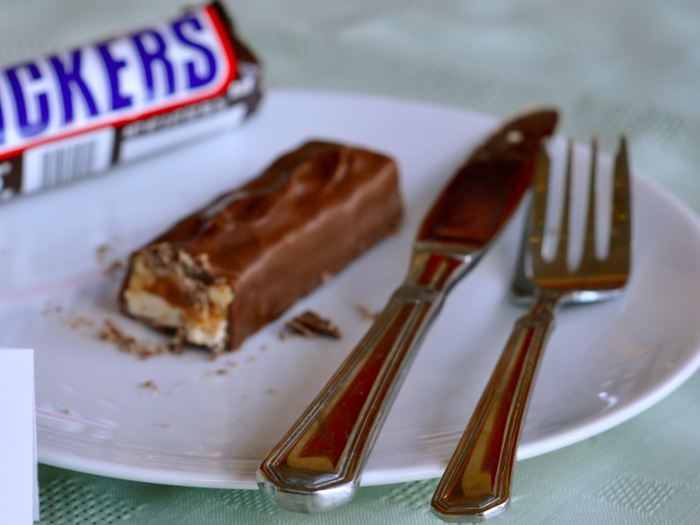
No, taste testers do not sit around scarfing down Snickers bars all day.
"We don’t consume the samples that we’re tasting every day, but we manipulate them and chew them to test their taste and texture, along with aromatics and other characteristics," Schroeder explains.
'Surprisingly, I do not get sick of chocolate,' she says.

"I'm just very picky about quality – life is too short to eat bad chocolate," Schroeder adds.
Her favorite is Dove brand chocolate, "but I like them all."
She tries not to let her work spill into her personal life.
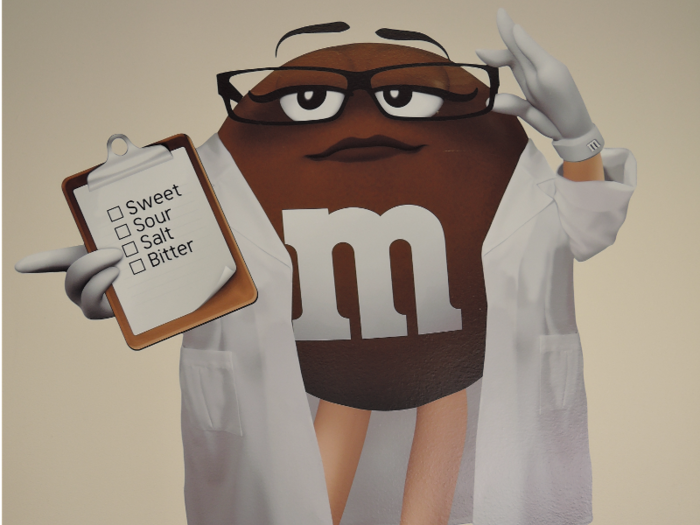
Even though she's a trained taste tester, Schroeder says she doesn't analyze everything she eats outside of work.
"When I'm not at work, I enjoy my food just like everybody else. However, if I'm out at a restaurant, I'll be able to tell the quality or age of the oil they're using, or know if they're using stale ingredients. Otherwise, I don't over-think the food I eat when I'm not at work."
Her No. 1 tip for aspiring taste testers is to 'expand your food horizons.'
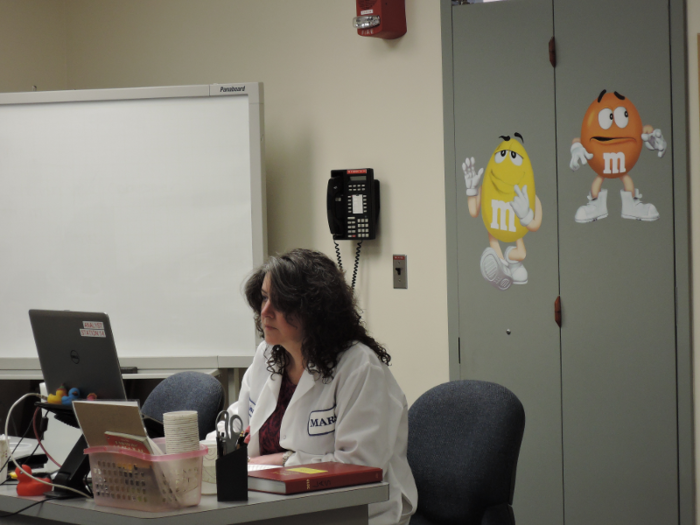
"My number one piece of advice for people who want a job like mine is, expand your food horizons and try all kinds of foods," she advises. "There are many career opportunities in the sciences, and food science is one of those that not only makes an impact, but allows you to be creative and have fun."
Popular Right Now
Popular Keywords
Advertisement